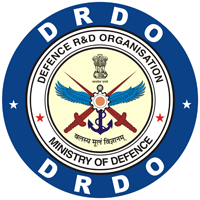Resources Package Modelling Supporting Border Surveillance Operations
DOI:
https://doi.org/10.14429/dsj.71.13902Keywords:
Military patrol, Logistical base, Maximal covering patrol routing problem, Black hole-based optimisationAbstract
The purpose of this work is to propose a military planning tool capable of providing logistical bases and patrol packages to most effectively support border surveillance. Presently, military patrols are employed along geographical borders to combat transnational crimes; acts such as drug trafficking, smuggling of goods and illegal natural resources exploitation. The patrols make temporary stops within specific time windows at specific places characterised by a high incidence of crime (hotspots). These hotspots have different criticalities within given time windows. To optimise the results, the proposed model allows additional stops in more critical hotspots. It achieves this using a mathematical optimisation model. Considering that there are not adequate logistical-military capacities (logistical bases and patrols) at all needed locations, developing a border surveillance plan that optimises resource use is imperative. The model was run using black hole-based optimisation and a real patrol mission’s database to ensure timely solutions. The solutions were then evaluated in terms of quality (number of bases and patrols, coverage efforts, and travel time) and computational processing time. Next, they were compared with solutions using the traditional method, thereby demonstrating the model’s robustness in providing timely surveillance schemes that ensure high coverage with minimum resources.
Downloads
Published
How to Cite
Issue
Section
License
 Where otherwise noted, the Articles on this site are licensed under Creative Commons License: CC Attribution-Noncommercial-No Derivative Works 2.5 India
Where otherwise noted, the Articles on this site are licensed under Creative Commons License: CC Attribution-Noncommercial-No Derivative Works 2.5 India

